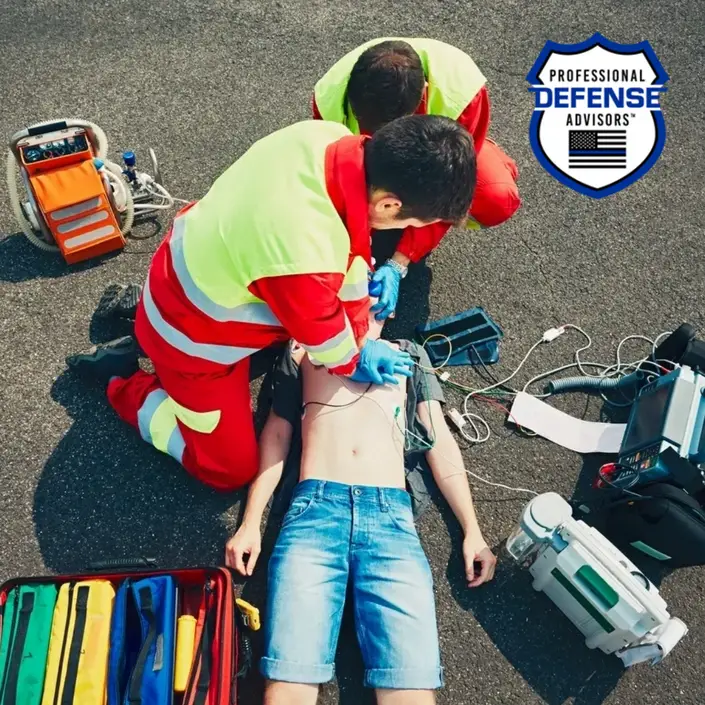
The Critical Importance of High-Quality CPR and AED Training for the General Public: A Law Enforcement Perspective
As a law enforcement officer, I am often on the front lines of emergency situations. While our primary role is to ensure public safety and uphold the law, we frequently find ourselves in situations where immediate medical intervention is required. One of the most critical skills I believe every individual should possess is the ability to perform high-quality Cardiopulmonary Resuscitation (CPR) and use an Automated External Defibrillator (AED). The ability to administer these life-saving techniques can make a substantial difference in the outcome of cardiac emergencies, which occur more frequently than many people realize.
CLICK HERE FOR MY FREE CPR CLASS
The Reality of Cardiac Arrests
Sudden cardiac arrest (SCA) is a leading cause of death globally. According to the American Heart Association (AHA), over 350,000 out-of-hospital cardiac arrests (OHCA) occur annually in the United States alone. Cardiac arrest can happen to anyone, anywhere, at any time, without warning. It occurs when the heart’s electrical system malfunctions, causing an irregular heartbeat (arrhythmia) and preventing the heart from pumping blood effectively. Without immediate intervention, the chances of survival decrease by approximately 10% for every minute that passes without CPR and defibrillation.
The Role of High-Quality CPR
High-quality CPR is essential in maintaining blood flow to the heart and brain until professional medical help arrives. Effective CPR can double or even triple a victim’s chance of survival. High-quality CPR involves:
The Life-Saving Potential of AEDs
An AED is a portable device that checks the heart rhythm and can send an electric shock to the heart to try to restore a normal rhythm. AEDs are designed to be user-friendly, with voice prompts and visual cues to guide even untrained bystanders through the process. The importance of AEDs cannot be overstated:
Why Everyone Should Be Trained
While law enforcement officers, firefighters, and other first responders are typically trained in CPR and AED use, it is equally important for the general public to have this knowledge. Here’s why:
Law Enforcement’s Role in Promoting Training
As a law enforcement officer, I see the critical role that my profession plays in promoting CPR and AED training. Our visibility and interaction with the community place us in a unique position to advocate for widespread training and preparedness. Here are some ways we can contribute:
Conclusion
The significance of high-quality CPR and AED training for the general public cannot be overstated. As a law enforcement officer, I have witnessed firsthand the difference these skills can make in emergencies. Cardiac arrest is a critical and time-sensitive condition, and the ability to perform effective CPR and use an AED can mean the difference between life and death.
By promoting and participating in widespread training, we can ensure that more individuals are prepared to act swiftly and confidently in the face of cardiac emergencies. This collective preparedness not only saves lives but also strengthens the bonds within our communities, fostering a sense of shared responsibility and empowerment. I urge everyone to seek out training opportunities, advocate for accessible AEDs in public spaces, and be ready to step in when it matters most. Your actions could be the difference that saves a life
Recent Posts
Scottsdale, Arizona 85258, United States
Copyright 2024 Professional Defense Advisors | Terms + Conditions | Website by Flygon LC